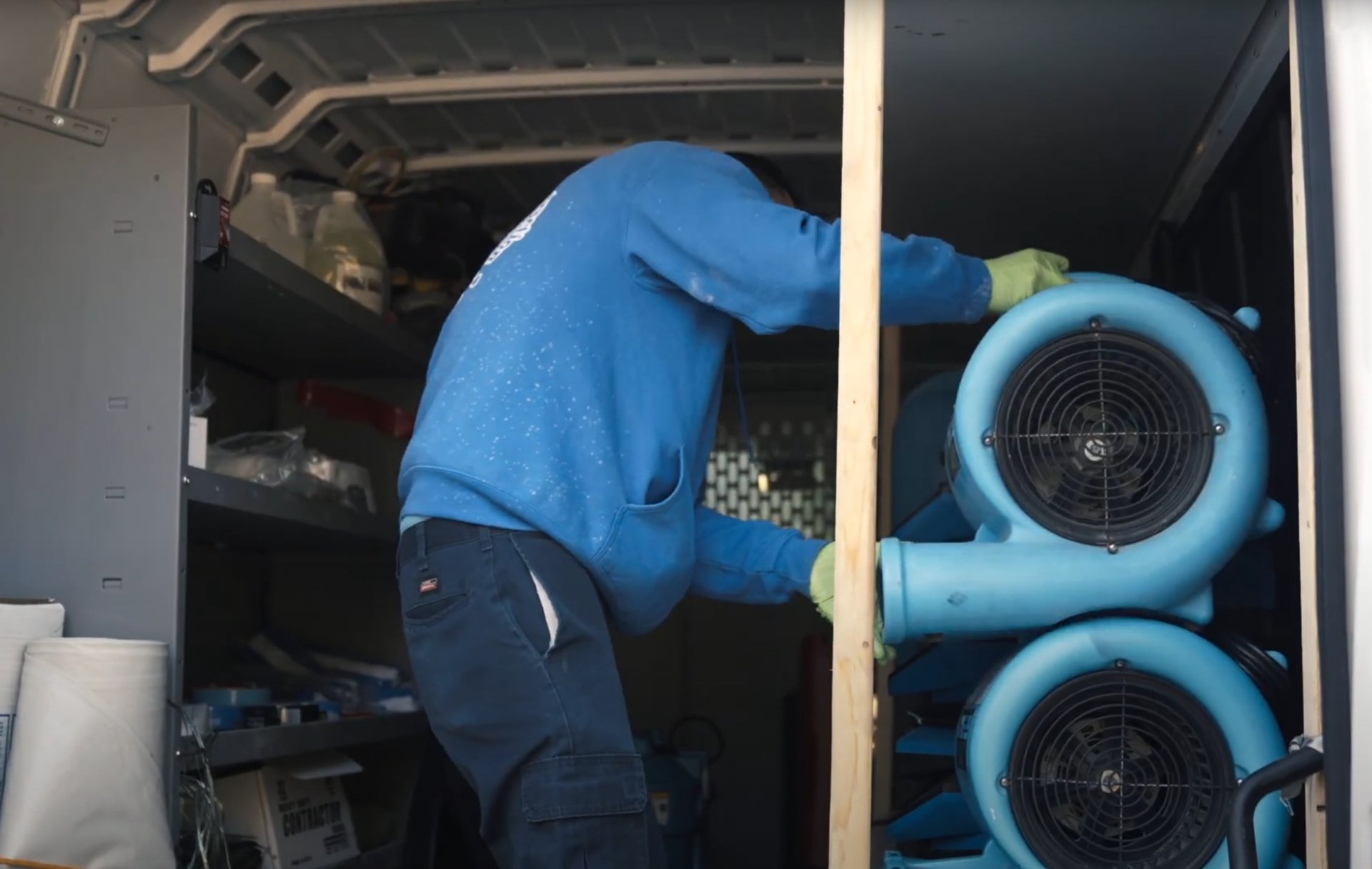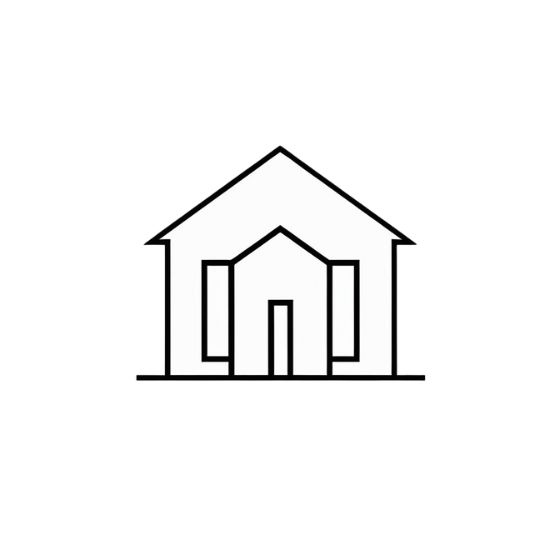Structural Drying & Dehumidification
Complete moisture removal to prevent mold and structural damage
Scientific Approach to Structural Drying
After water extraction, the real work begins. Structural drying is a precise science that requires understanding psychrometric principles, vapor pressure, and moisture migration patterns. Our IICRC-certified technicians use calibrated instruments to monitor and control the drying process, ensuring complete moisture removal from all building materials. Learn more about our complete approach to water damage restoration in La Porte and how we handle every aspect of the recovery process.
Water absorbed into drywall, wood framing, insulation, and subflooring can remain hidden for weeks, creating perfect conditions for mold growth and structural decay. Professional dehumidification removes moisture at the molecular level, restoring normal humidity levels and preventing long-term damage. We achieve target moisture levels 3-5 times faster than passive air drying alone.
Industrial Dehumidification Equipment
Our fleet includes refrigerant dehumidifiers capable of removing 150+ pints per day and desiccant dehumidifiers for specialized applications. These units maintain optimal temperature and humidity conditions, accelerating the drying process while preventing secondary damage. Low-grain refrigerant (LGR) dehumidifiers achieve humidity levels as low as 7% relative humidity when necessary.
High-velocity air movers create controlled airflow patterns that enhance evaporation rates and moisture removal. Strategic placement of equipment based on psychrometric calculations ensures maximum efficiency. Our technicians adjust equipment positioning daily based on moisture readings and environmental conditions. The average drying time for water-damaged structures is 3-5 days with professional equipment versus 2-3 weeks without proper dehumidification.
Moisture Monitoring and Documentation
Daily moisture readings using calibrated meters track drying progress in walls, floors, and structural components. We maintain detailed logs showing moisture content, temperature, and humidity levels throughout the drying process. This documentation proves to insurance companies that proper drying procedures were followed and target moisture levels were achieved.
Non-invasive moisture detection identifies hidden wet areas without creating unnecessary holes in walls or ceilings. Thermal imaging cameras reveal moisture patterns invisible to the naked eye, ensuring no wet spots are missed. Complete structural drying prevents callbacks and warranty issues by eliminating residual moisture that could cause problems months later.
Drying Process Facts
- •Drywall can hold 50% of its weight in water before showing visible damage
- •Professional drying reduces total drying time by 70-80%
- •Mold growth begins within 24-48 hours in moist conditions

Specialized Drying Techniques
Hardwood floor drying requires specialized injection systems that force dry air into the flooring system. This technique often saves floors that would otherwise need complete replacement, reducing restoration costs by thousands of dollars. Wall cavity drying uses controlled negative pressure to remove moisture from inside wall assemblies.
Basement and crawl space drying presents unique challenges due to high humidity and poor ventilation. We use trailer-mounted dehumidifiers and ducted air movement systems to create proper drying conditions in these difficult environments. Concrete drying may require specialty desiccant dehumidifiers to achieve target moisture levels.
Commercial facilities often require 24/7 operation to minimize business interruption. Our equipment operates quietly and efficiently, allowing normal operations to continue in unaffected areas. We coordinate with facility managers to work around business schedules and critical operations.
Preventing Secondary Damage
Proper structural drying prevents warping, swelling, and delamination of building materials. Wood moisture content above 19% creates conditions for fungal growth and structural weakening. Our drying process reduces wood moisture to safe levels, typically 6-12% depending on the species and original condition.
Metal components can rust and corrode when exposed to prolonged moisture. Rapid drying prevents oxidation of steel framing, ductwork, and mechanical components. Insulation materials may require replacement if they cannot be dried effectively within 72 hours of water exposure.
HVAC systems can distribute mold spores throughout a building if not properly dried and cleaned after water damage. We coordinate HVAC cleaning and sanitization with the structural drying process to ensure indoor air quality remains safe during restoration.
Professional Drying Saves Money
Proper structural drying often prevents the need for extensive reconstruction. Materials that are thoroughly dried within the first 48-72 hours can often be saved, reducing total restoration costs by 40-60%.
